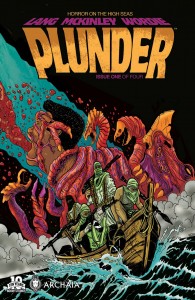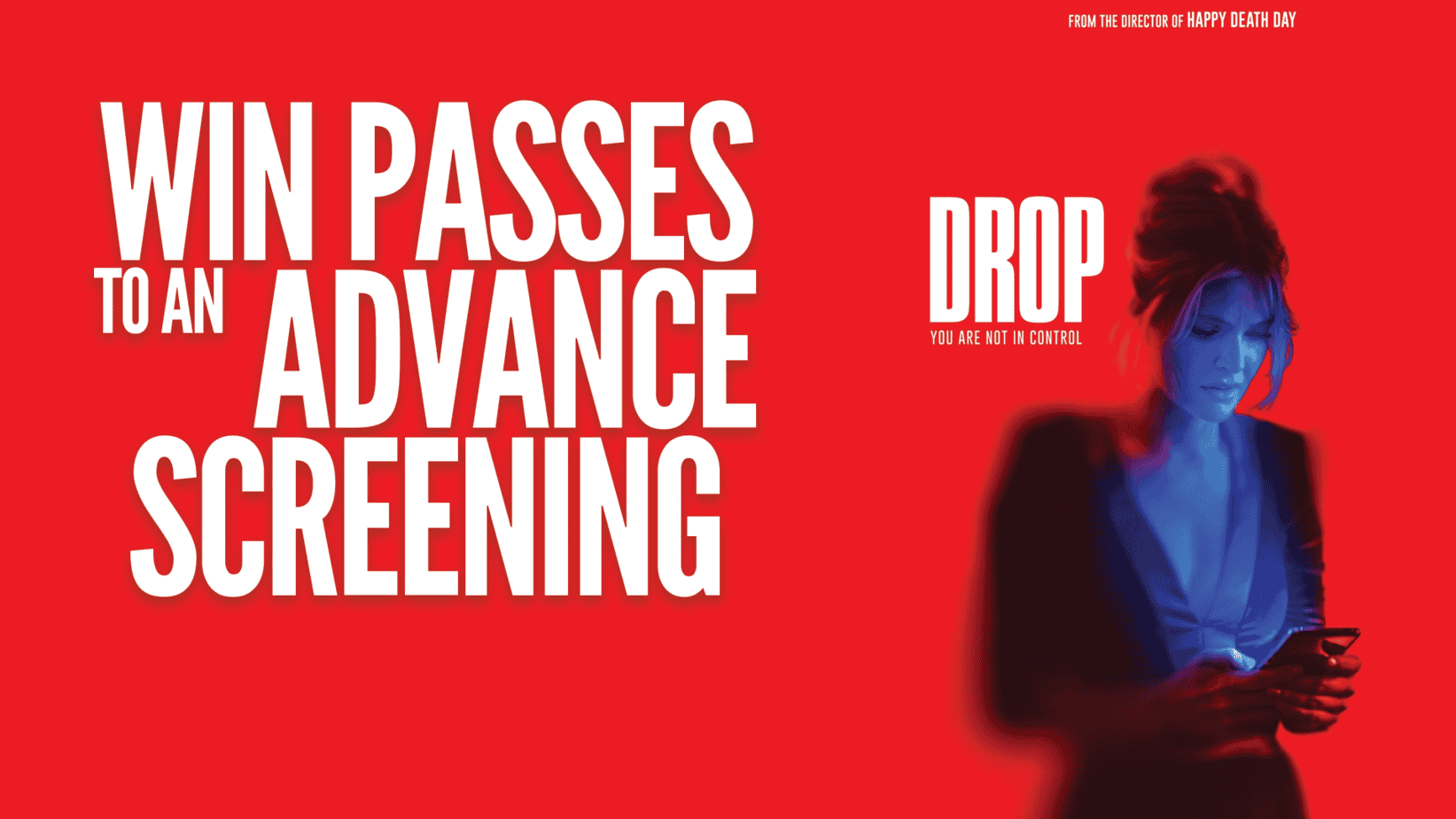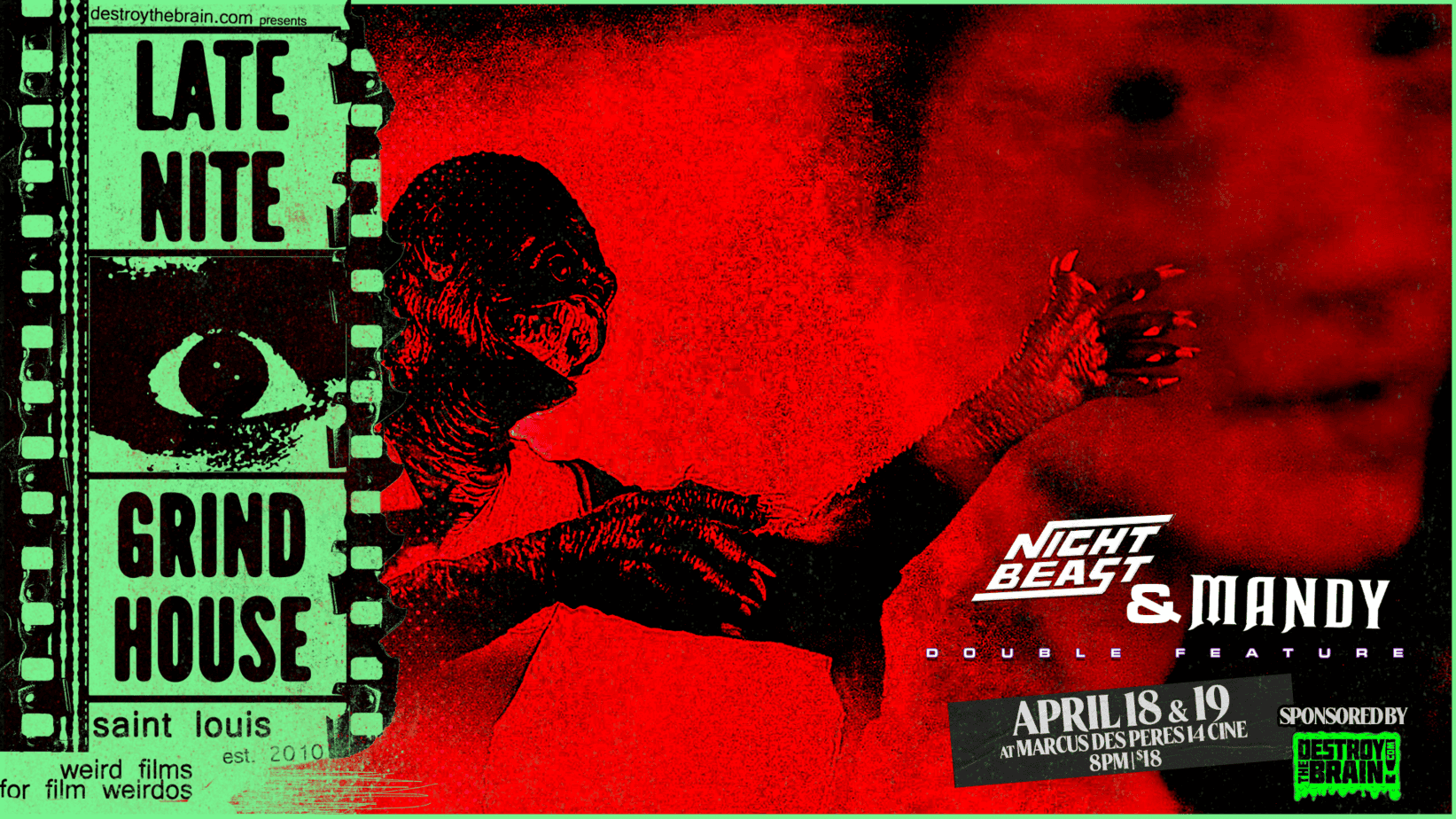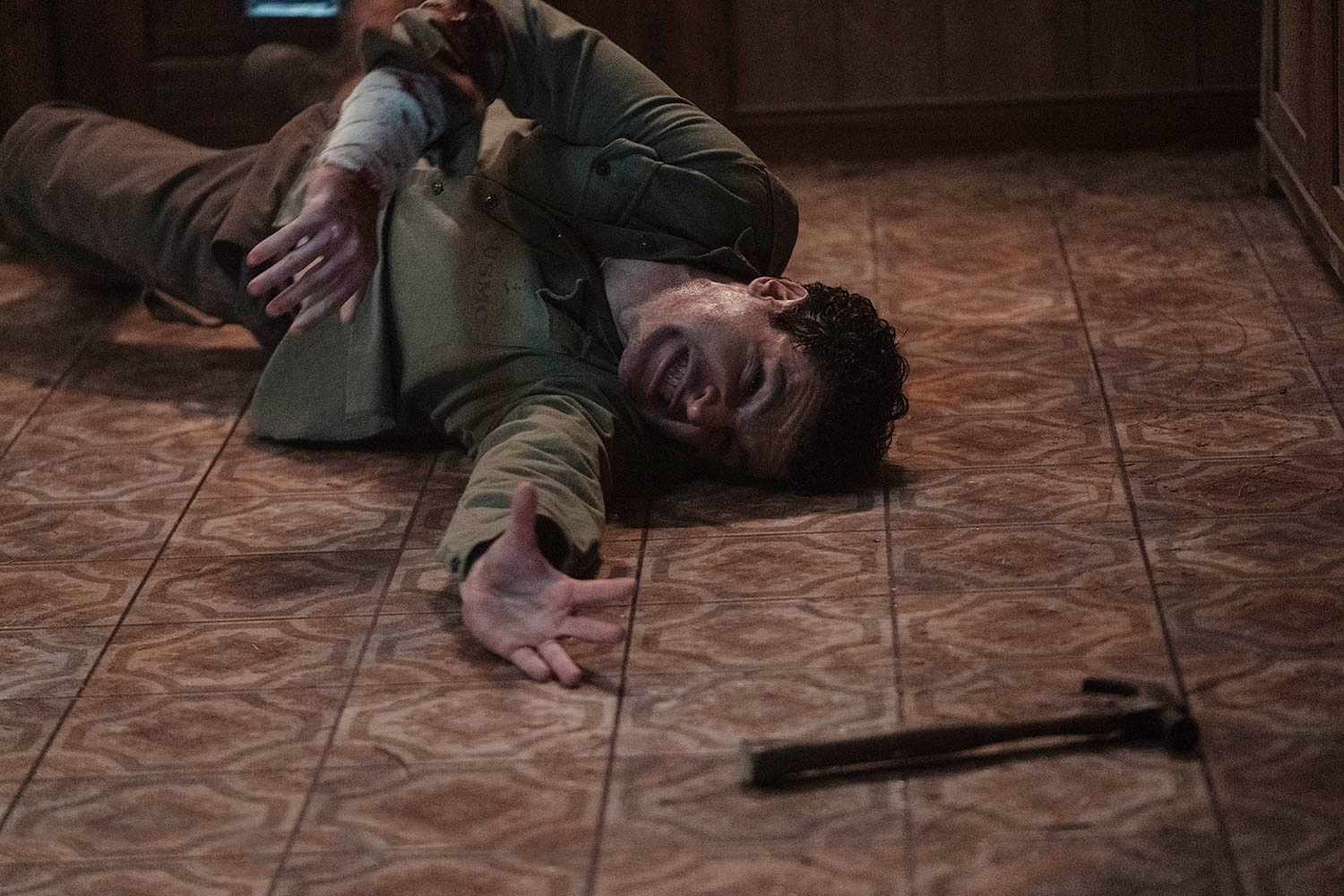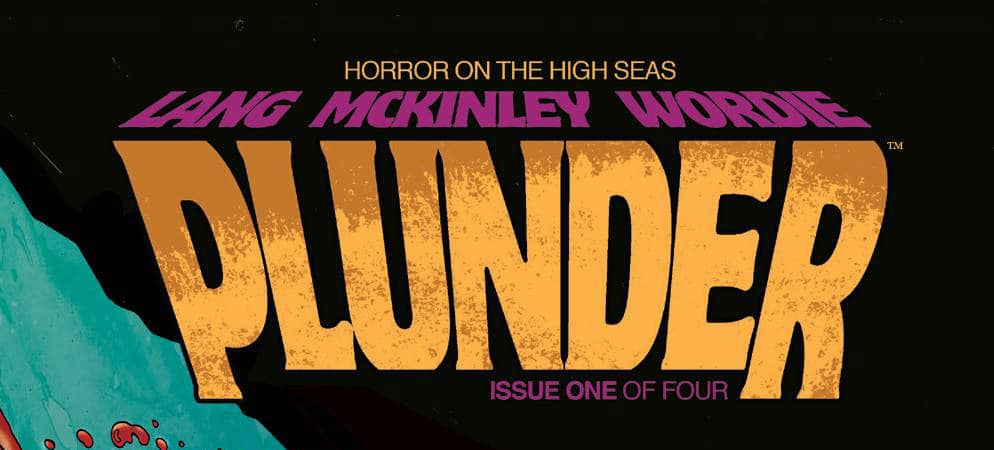
Comic Review: PLUNDER
PLUNDER #1
Writer: Swifty Lang
Artist: Skuds McKinley
Colorist: Jason Wordie
Publisher: BOOM! Studios
Price: $4
The world of horror comics is fairly split in two at the moment. On the one side, you’ve got traditional stuff; vampires (The Strain), werewolves (Wolf Moon), Zombies (The Walking Dead), possessions (Outcast) and serial killers (Nailbiter) But then you’ve got the more nebulous horror comics, like Spread, And Then Emily Was Gone, The Empty Man and now Plunder. Frankly, I think there needs to be more comics in the latter territory. I definitely appreciate talented writers taking the classics of the horror genre and twisting them but no matter how much twisting you do, the most effective horror relies on the unexpected, so you’d be better served veering away from those tropes. Plunder’s premise does that and a whole lot more.
Writer Swifty Lang immediately establishes the unusual setting for Plunder by plunging the reader in the middle of a gunbattle between a nondescript frigate and a sloop manned by Somali pirates, amongst whom is our hapless protagonist, Bahdoon, the crew’s translator and weakest link. By opening with this frenetic action, Lang establishes an important trait for these characters (minus Bahdoon); an intimate comfort with risking their lives. Some character development follows and the crew is more distinctly fleshed out, their behaviors coming across as somewhere between macho posturing and verging on sociopathic. Their primary reasoning for keeping alive Bahdoon, despite his apparent uselessness in combat? He’s their only translator. There’s an edge of cynical realism to the characters; two of them are disfigured. Lang’s smart though; in both cases the bleak state of these two Somali boys are the result of being victimized, either of poisoned well water or overzealous “law enforcement.” Bahdoon, the narrator, clearly grasps that the damages Stain has are both physical and mental; he’s not demonized. By letting the naive Bahdoon relate the brief backgrounds of the crew to the readers, Lang humanizes them.
But two mysteries lurk beneath this exposition; their de facto leader, Internet, is more than he appears to be. And tied to this mystery somehow is the seemingly abandoned cargo ship he’s led them to. Now, I’m not going to lie here; I’m a huge sucker for ghost ships. It’s a classic yet highly effective trope dating back to the mother of all horror stories; Dracula. It preloads the scene with suspense and conveniently encloses the rising action in one setting, not to mention adding claustrophic environments to the mix. Lang lets this play ju-u-st long enough, elevating tension not once but twice. Thankfully, he’s wise enough to have establish strong motives for his characters to push through the warning signs; they strongly suspect (and rightly so) that there are crew on board that they could (and need to) take hostage but, more importantly, the dead bodies they’ve seen might be gruesome but they’re still just dead bodies and they make dead bodies. Nobody but Bahdoon is squeamish and nobody wants to seem frightened so they push on until Lang finally bursts the bubble of suspense with a truly intense attack, leaving his readers both horrified but also ending the first issue on a huge down beat. This isn’t just a horror story; it’s Bahdoon’s personal horror story.
Skuds McKinley is not an artist I’m familiar with but I’m really glad he’s doing Plunder because his style suits the tale perfectly. He has a great sense of motion and action and his scenes can be rich with detail but he knows what kind of story he’s telling so he focuses on expressiveness. If you look closely at some panels you can see where his linework gets a little sloppy but because of how rich and well composed his panels are, it’s difficult to pick up on. His layouts are utilitarian but have a notable variety to them and his POVs deftly imitate the muscular, intimidating camera work of horror cinematography. Jason Wordie manages the colors and, again, his style is particularly effective for Plunder. There’s a lot of muddiness, grunginess and grit in his colors, with no clean hues to be found anyway. There’s also a slight warmth as well that adds a realistic feeling to the visuals. But, most importantly, Wordie delivers in gallons with gore, rendering it in a passionate and unusually realistic palette of grimier, softer, darker reds. It all has a very organic, natural and disgusting feel to it. This is also a credit to artist McKinley and this comic should be a delight for anyone who finds modern horror comics go too light on the gore. Also, letterer Deron Bennett appears to be assisting artist McKinley with the lettering, augmenting the fantastic hand-drawn SFX with a subtle second layer, enriching the whole experience and helping establish the aural ferocity of the story.
Plunder is a fantastic horror debut that has great writing that is brought to life(?) by a team of illustrators who are more than the sum of their parts; McKinley and Wordie are a truly dynamic duo who have, in this first issue, put more than a few other horror books to shame with their textured, subtle, yet highly effective work. What’s really refreshing about Plunder is that it manages to please both the horror movie aficionado in me as well as the comic book fan.

